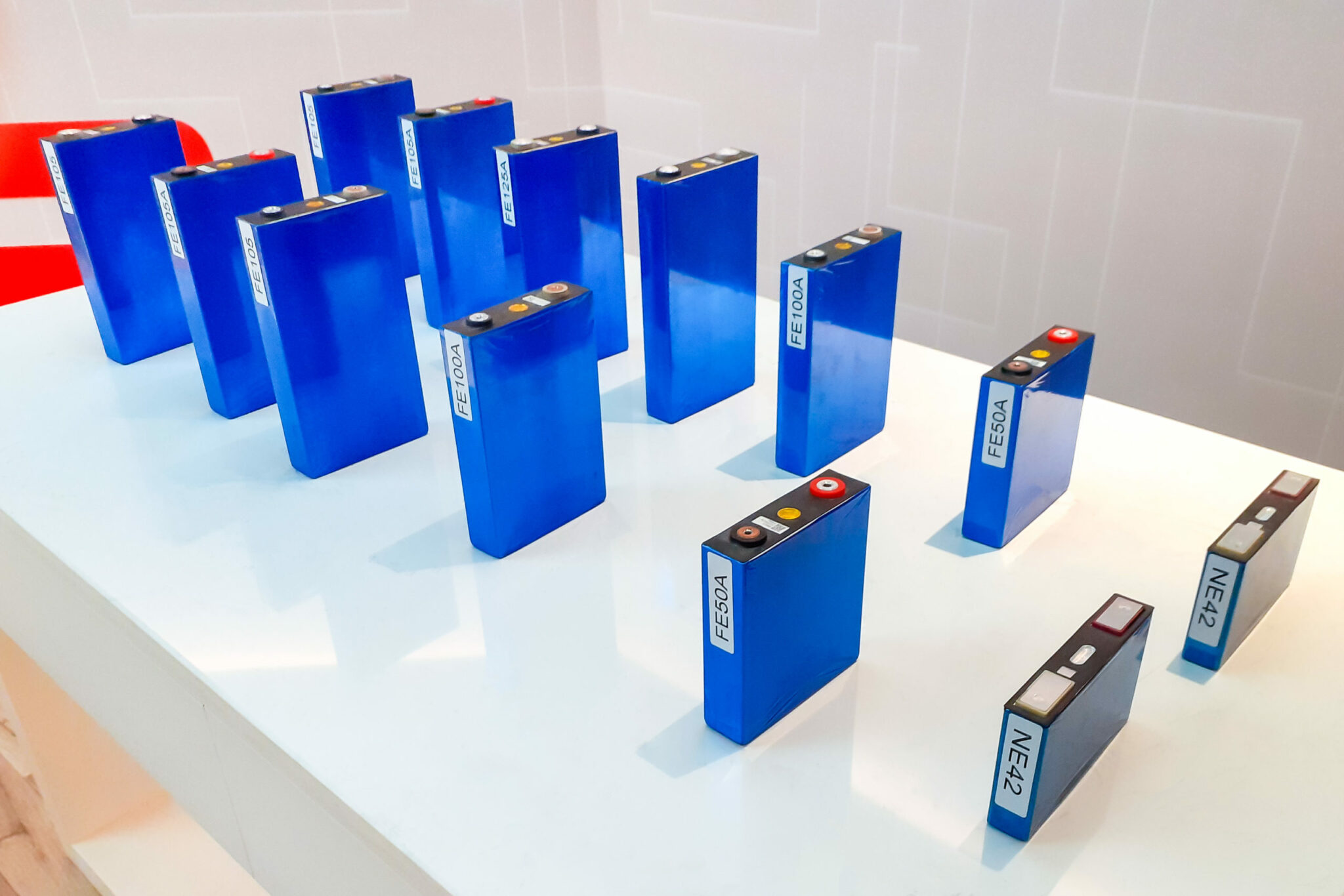
Lithium-Ion Batteries for Energy Storage Systems
2023-12-04 16:02Different Types of Lithium-Ion Batteries and Their Applications

1. Lithium Iron Phosphate (LFP)
Lithium Iron Phosphate (LFP) batteries are increasingly recognized as optimal for Energy Storage Systems (ESS). These batteries utilize iron, a more environmentally friendly and cost-effective resource than cobalt and nickel. Elon Musk of Tesla anticipates a significant shift towards LFP batteries in stationary energy storage products. Notable for their safety and long life cycle, LFP batteries are ideal for applications where weight and power density are secondary considerations.
2. Lithium Nickel Manganese Cobalt (NMC)
Popular for their balanced energy and power density, Lithium Nickel Manganese Cobalt (NMC) batteries are a standard choice in the Li-ion market. However, their environmental impact and shorter life span compared to LFP batteries limit their appeal in long-term applications.
3. Lithium Nickel Cobalt Aluminum Oxide (NCA)
Sharing similarities with NMC batteries, Lithium Nickel Cobalt Aluminum Oxide (NCA) batteries provide higher energy density but are more susceptible to thermal runaways. Their life cycle, similar to NMC batteries, makes them less ideal for ESS.
4. Lithium-Ion Manganese Oxide (LMO)
Lithium-Ion Manganese Oxide (LMO) batteries, once popular, are now less favored due to their shorter life span. They are primarily used in applications where quick charging and high temperature operation are essential.
5. Lithium-Ion Cobalt Oxide (LCO)
As one of the earliest Li-ion battery chemistries, Lithium-Ion Cobalt Oxide (LCO) batteries are commonly found in small electronics. Their lower power and short lifespan make them less suitable for high-demand applications like ESS.
6. Lithium Titanate Oxide (LTO)
Lithium Titanate Oxide (LTO) batteries, known for their exceptional life cycle, are environmentally friendly but suffer from lower energy density. This makes them less cost-effective for large-scale ESS applications.
Key Considerations for Energy Storage Systems
For ESS, the ideal battery technology must balance life cycle, power output, production cost, and safety. Lithium-ion batteries, especially LFP and LTO types, are proving essential in the progression of alternative energy sources and electric vehicle support.
Conclusion
The evolution of battery technology, particularly in the LFP and LMFP (a new variant of LFP) categories, is crucial for the future of energy storage systems. These advancements are vital in addressing the growing global demand for clean and efficient energy solutions.
